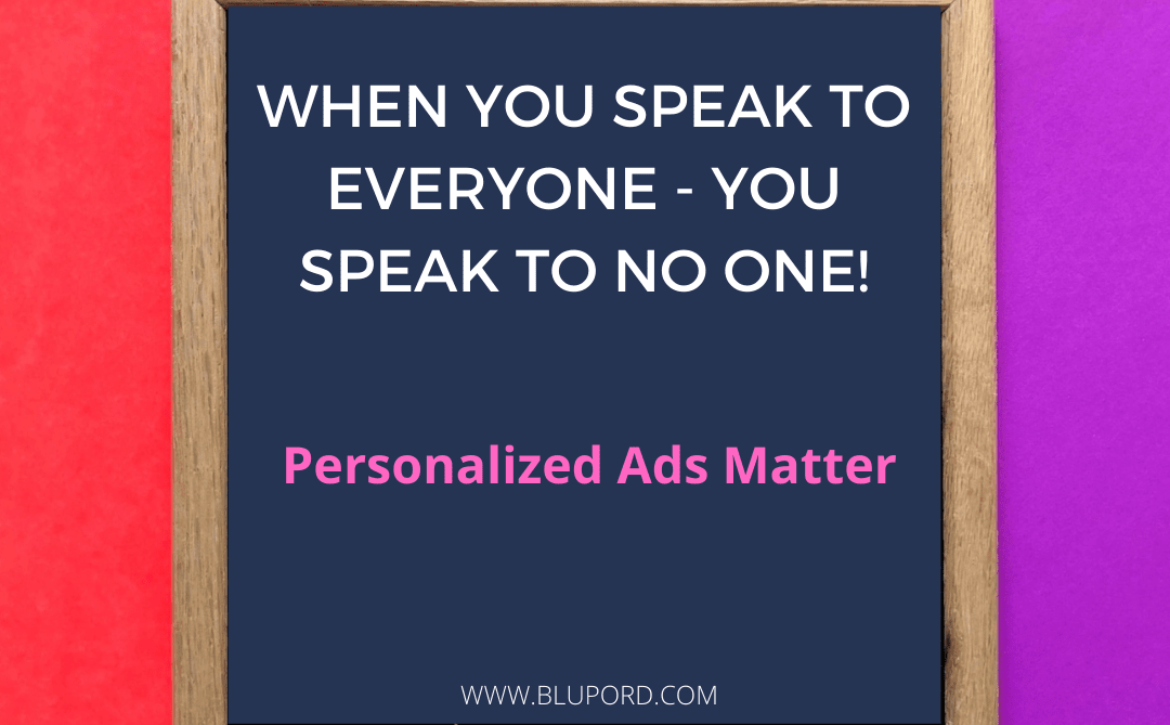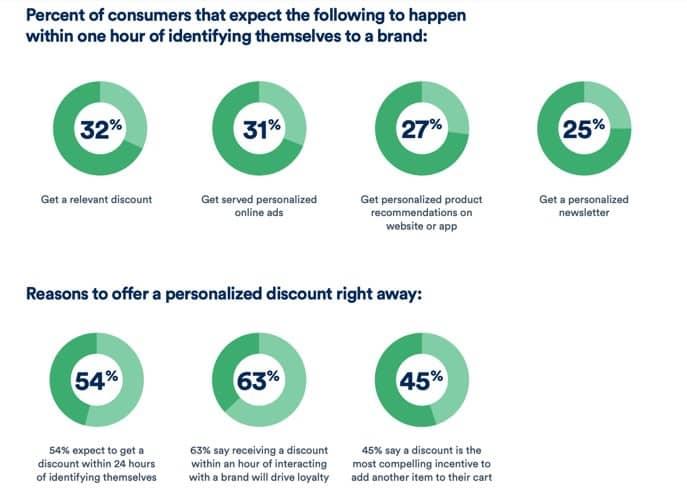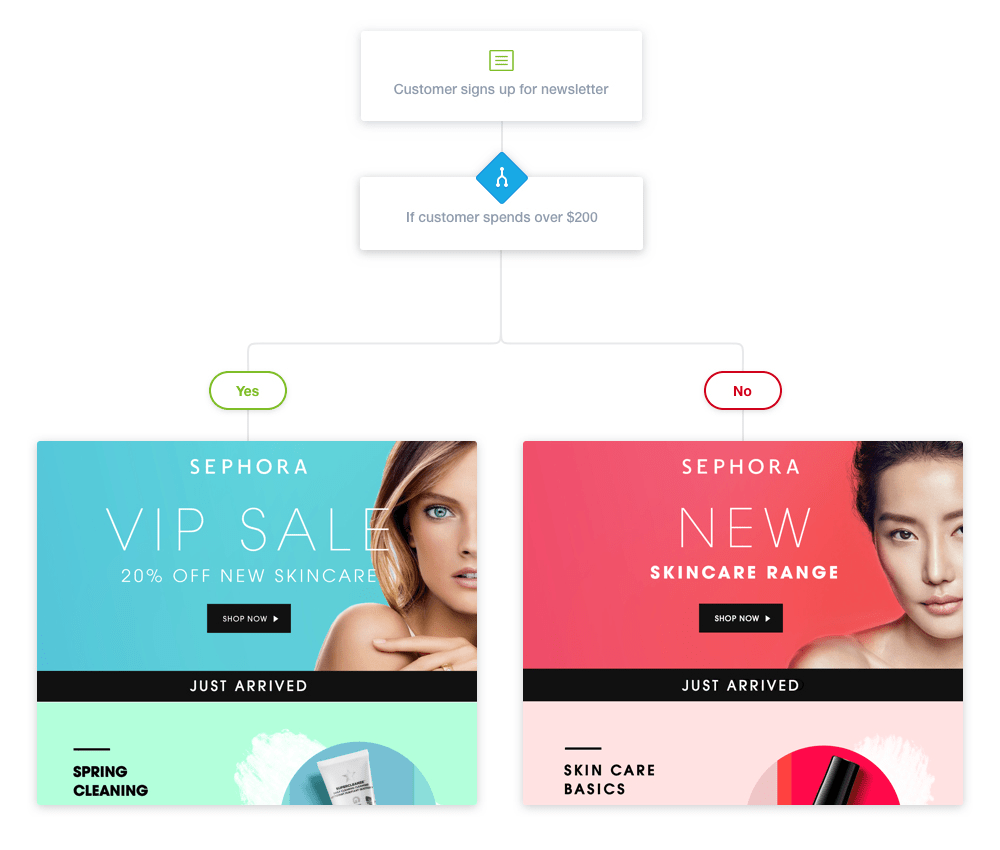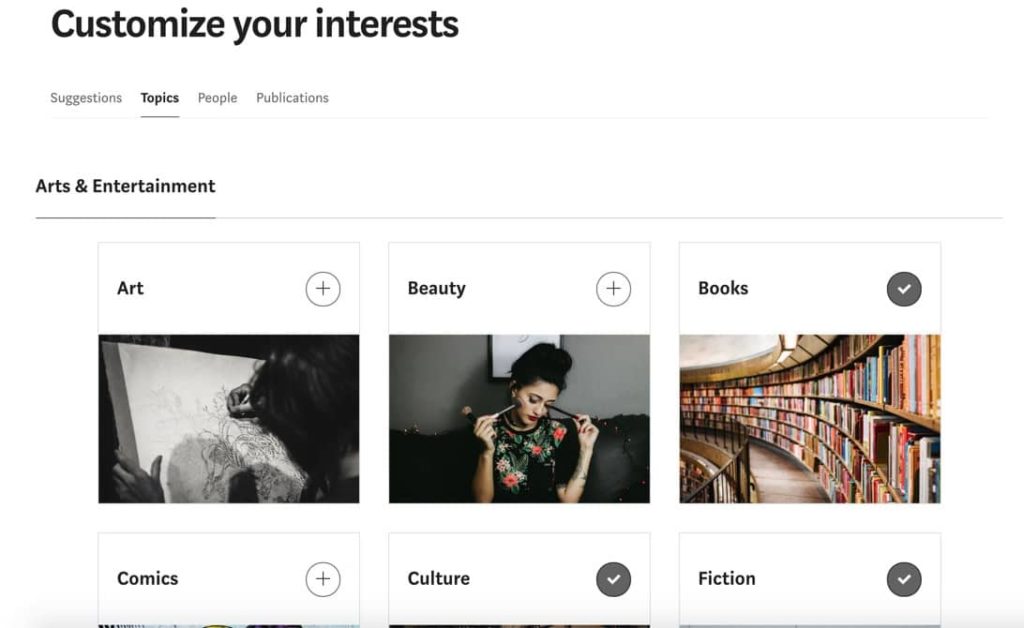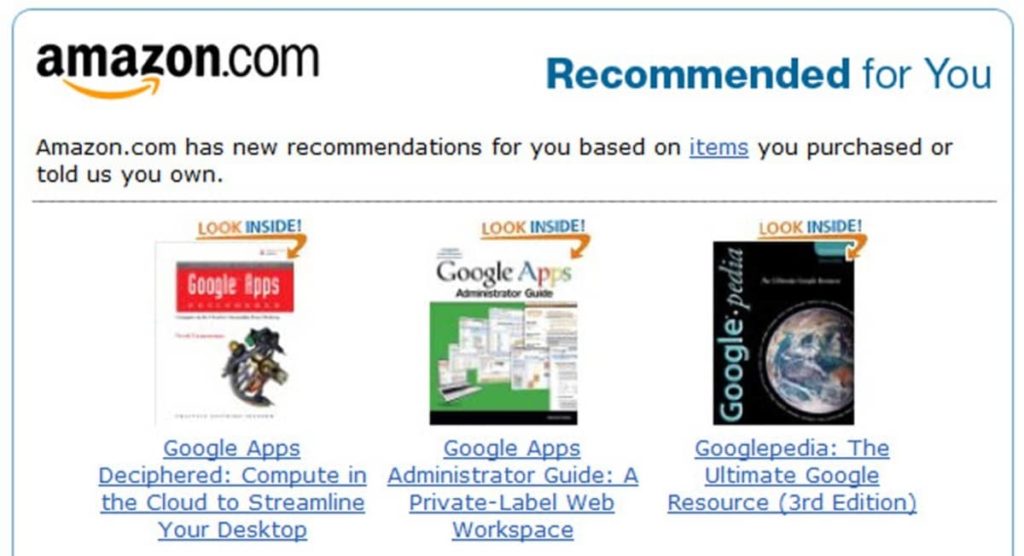Social media managers need these 8 skills
If you are in need of a Social media manager or you want to be one? The skills that are expected of social media managers are relevant skills in today’s society.
The social media managers have the responsibility of increasing the marketing profiles of companies, brands, and organizations. Given the expectation for brands to be consistently and concurrently present across several platforms, conceive efficient social media campaigns, interact with the audience, and evaluate results, the need for a social media manager has never been higher.
While it may be difficult at times to parse through the convolutions of the social media landscape, a good social media manager will go a long way to boosting the profitability of a firm. They assist in building bridges between brands and their target populace, foster business development and finally, sales outcomes.
Although it is quite common to see that many companies are too stingy to hire professionals to manage the SMM, giving these insignificant tasks to interns is not the best solution for today. A strategic thinker as a social media manager ensures that the organization or brand does not turn into a PR disaster and that the right message is sent to the audience.
Thus, it can be stated that the existence of a social media manager is crucial for the management of social networks in the modern world. There is nothing better for a company than having an expert who will work for the company’s website and guarantee its success.
Qualifications for a Social Media Manager
Hiring a perfect social media manager for your company is for often an arduous process. With hundreds of approximately inviting resumes, glamorous agencies and hardworking contractors in social media eco-space even having gorgeously designed websites and long lists of clientele, the choice may become a very stimulating activity. As it emerges, how does a firm make its way through the maze of choices in order to arrive at the best candidate? What characteristics should a perfect social media manager contain?
When it comes to social media, the manager one chooses has the potential of making or mar a company’s online platform. For real, at our company, we are one of the most aware of the importance of this decision.
Now we will discuss 10 skills that play critical importance for the effective functioning of a social media manager.
1. Advanced social strategy abilities
Therefore, every firm that wants to be relevant in today’s business world needs to incorporate effective social media strategy. What is more, recruiting a college-intern, not having an experience in the process of hiring employees and using the latter’s own activity on the social media network is insufficient as well. Setting up of business pages may not operate in the room same way that our individual pages do. The problem is that for all the engagement that can be achieved on a post, it may not necessarily translate to promoting the brand or achieving tangible results.
It requires a carefully planned approach to one’s social media posts with the specific goal of contributing to the increase in the amount of coverage, the development of a brand image or identity, the acquisition of leads, the eventual sales, as well as the development of an enthusiastic group. This need involve a professional who understands social media management in order to come up with the best plan that suits your business. This includes top hashtags to use, when to conduct a contest and the kind of content that may be suitable for sharing.
As such, a person who has had prior experience in social media marketing should be hired to handle the social media marketing of your company in order to reap high returns.
2. Knowledge of social media management tools
When managing social media, some tools work hand in hand with the social media manager to increase their efficiency. These tools as we shall see offer useful supervision, hence the activities can be closely overseen by managers. For example, Agorapulse supports several options that allow a manager to assign some tweets to other users or mark them as important.
Furthermore it is also a fact that social media management tools can greatly complement social media marketing. For instance, while contest application can be used simply to get likes the option is made available to collect leads detail. Also some tools are designed to gather fresh and credible material to share it in various social networks.
In this context, it becomes possible to enhance the efficiency of social media campaigns beyond the capabilities of the platform’s standard set of functions. This means that freelance or contract social media managers for companies need to have access to such a tool to improve on performance and down on costs.
3. Strong and consistent communication skills
One of the requirements for the best social media manager is the ability to communicate both with the inside team and outside collaborators. Social media managers work with other departments like product, customers, sale, and support departments. They too synchronize with supervising managing officers in various marketing specializations as far as marketing is concerned. Furthermore, social media managers may supervise a team of social media executives and working together with graphic designers, video and photo editors.
Besides, the social media of any brand involves its social media manager pointing out particular concerns or raising questions on behalf of the brand that directly interacts with customers. So, if a candidate is to be filled for this post he must be good at communicating and should be in touch with the customers most of the time. In fact, communication can be one of the most crucial competencies for the SM managers, let alone other demands they face.
4. Creativity to think outside the box
Like any other marketing tool, social media entails trying to figure out how to gain attention and interest to particular campaigns. If a firm posts content about itself on a social networking site that is interesting and edgy then one can generate a buzz about the brand.
Think of Wendy’s, which has built quite possibly the most famous social media presence today given that is runs a funny twitter account roasting competition and customers. This way they stand out and perform comedy for the people.
A second example of creativity targeting change is seen with Xbox’s creative way of encouraging people to wear masks back when The COVID 19 pandemic was on. Rather than, they opted to use cool and funky characters from the video game in passing a usual message to their fans.
If the social media manager can bring creative ideas to the table it goes a long way into establishing a brand and making a mark in all the social media channels. This capability for distinction is key to fostering a brand’s visibility on the WWW as well as its interactions.
5. Research skills to fact-check and stay up to date on social best practices
To begin with, to avoid the creation of fake news they need to be confident in the information they are sharing. Unreliable news are current in the social platforms especially considering the fact that we are living in the age of information. As a social media manager, one has to ensure that they check information before posting it whether it is Political, Economic or General information. Besides, they should be able to perform self research in other to source for information on products when handling customers’ queries.
Secondly, it is important to couple this understanding with the fact that the social media platform is dynamic. Key sites, including Facebook, Instagram, and tweeter, bring out updates with varied importance on a monthly basis. Pinterest also often introduces new features or updates to current features, Secondly. Unfortunately, the ability to be updated with such changes often goes with the toss if not monitored closely and this can lead to a company missing out on key algorithm updates that may spectacularly transform its organic reach. And the source of information help a social media manager to stay away from the issues related to the changes of the algorithm.
Therefore, for a proficient social media manager, the social media research needed to monitor the social media environment and to produce quality content.
6. Understanding of analytics and reporting
Every marketer should understand that analytics and reports are inevitable in today’s social media marketing.
Metrics offer great insight into how different promotional campaigns have fared on different social networks. Qualitative data, specifically, can be collected systematically and over time, so that trends and patterns can be extracted that are useful. This information can be then used to modify campaigns in the future to economize the outcomes of social media initiatives.
Apart from native analytics, social media managers should have a working understanding of third-party tools for analytics. In addition to learning how to obtain the required data, one has to develop documentation that reflects the achievement of the company’s goals.
In searching for a new social media strategist, a list of 20 questions can be used to ensure that their knowledge of strategy and analysis is appropriate for the position for which they are interviewing. This will ensure that the person selected for the job has a mindset that is oriented towards producing results using setting up of right analytical tools.
7. Strong planning abilities
The main tasks of social media managers are the accomplishment of several business goals at once on different social media channels. They should be able to have vision, which enables them to coordinate and organize efficient campaigns.
The work of a social media manager means that the final responsibility for all the textual and visual material created and to be published on the platforms that belong to the social media mix that compose the companies’ marketing communication campaign rests on the shoulders of the social media manager.
For instance, when the social media manager wants to conduct a competition in the official accounts, then they will need to source prizes from various companies within the area. It includes approvals, reaching out to businesses, claiming the prizes, building the contest landing page and rules, and spreading the word about the giveaway.
This is the case since, without a content calendar that has been developed carefully to meet important due dates, tasks may slip through the cracks, especially when using time-sensitive features like Instagram and Facebook Stories. That way, social media managers will not be left with unplanned schedules that may derail their campaign’s potency.
8. Knowledge of social PPC campaigns
Paid advertisement campaigns may or may not be the responsibility of a brand’s social media manager. Nonetheless, for a manager, it is critically important to have at least some understanding of how these campaigns are set up.
Some of the platforms that have when it comes to paid advertising include but not limited to the following; Facebook, Instagram, Twitter, LinkedIn, and Pinterest. Although, ideally, a social media manager may not be directly involved in pay per click (PPC) campaigns, he or she should be aware how they work.
At times, the social media manager may be expected to develop or find other organic messages that could be promoted through paid advertising methods. They also may have to face the challenge of providing assistance to customers through the comment section of a post, preferably a business advertisement.
It is important for social media managers to comprehend what goes on behind ad campaigns especially when they are not directly involved in the creation of such ads.



